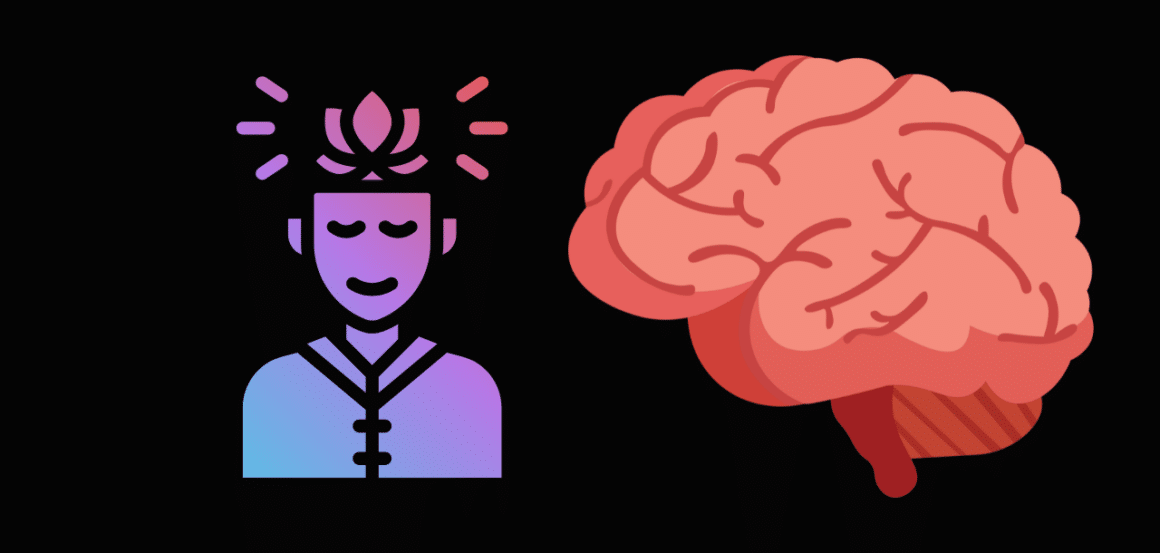
When it comes to education, Finland is often regarded as a success story. Finnish students consistently rank among the top performers in international assessments, and the country has been hailed for its innovative and equitable approach to education. So, what is the Finnish model of education, and how does it work? In this blog post, we’ll take a deep dive into the Finnish model of education and explore its key features and principles.
A Brief History of Finnish Education
The Finnish education system has a relatively short history, dating back to the 1800s when the country was part of the Russian Empire. At the time, education was primarily the responsibility of the church and was only available to a small portion of the population. However, after Finland gained its independence in 1917, education became a priority for the new government. In the decades that followed, Finland made significant investments in education, including the establishment of a comprehensive school system that provided free education for all children.
Key Features of the Finnish Model of Education
Equity
One of the defining features of the Finnish education system is its commitment to equity. Finnish schools are funded based on the principle of equal opportunity, which means that schools serving disadvantaged students receive additional resources to ensure that they have access to the same quality of education as students from more affluent backgrounds. Additionally, Finnish schools do not track students into different ability groups or provide advanced courses for high-achieving students, which helps to reduce inequalities and promote social cohesion.
Play-Based Learning
Another key feature of the Finnish education system is its emphasis on play-based learning. Finnish schools place a high value on the importance of play and recognize its role in promoting creativity, social skills, and well-being. In the early years of primary school, children are encouraged to learn through play, with a focus on exploration, experimentation, and discovery. This approach helps to foster a love of learning and sets the foundation for future academic success.
Teacher Autonomy
In Finland, teachers are highly respected and trusted professionals, and they are given a great deal of autonomy in their work. Finnish teachers are responsible for designing their own lesson plans and are given the freedom to tailor their teaching to the needs and interests of their students. This autonomy helps to create a culture of trust and collaboration in schools, which in turn promotes creativity, innovation, and a sense of ownership among teachers and students alike.
Collaborative Learning
Collaborative learning is another key feature of the Finnish education system. Finnish schools emphasize the importance of social interaction and group work, with a focus on developing communication and teamwork skills. Students are encouraged to work together on projects and assignments, which helps to promote critical thinking, problem-solving, and creativity. Additionally, teachers often work in teams to share ideas and best practices, which helps to promote a culture of continuous improvement and professional development.
Less Homework, More Free Time
In Finnish schools, there is a strong emphasis on balance and well-being. Finnish students have less homework than their peers in other countries, and they also have more free time to pursue extracurricular activities, hobbies, and interests. This approach helps to promote a healthy work-life balance and recognizes the importance of non-academic pursuits in overall well-being and success.
Conclusion
The Finnish model of education is a unique and innovative approach to schooling that emphasizes equity, play-based learning, teacher autonomy, collaborative learning, and balance. By prioritizing the needs and interests of students and teachers alike, the Finnish education system has achieved remarkable success in promoting academic achievement, social cohesion, and well-being. While the Finnish model may not be directly replicable in other countries, its principles and values offer valuable insights into how education can be designed to meet the needs of all students and promote a culture